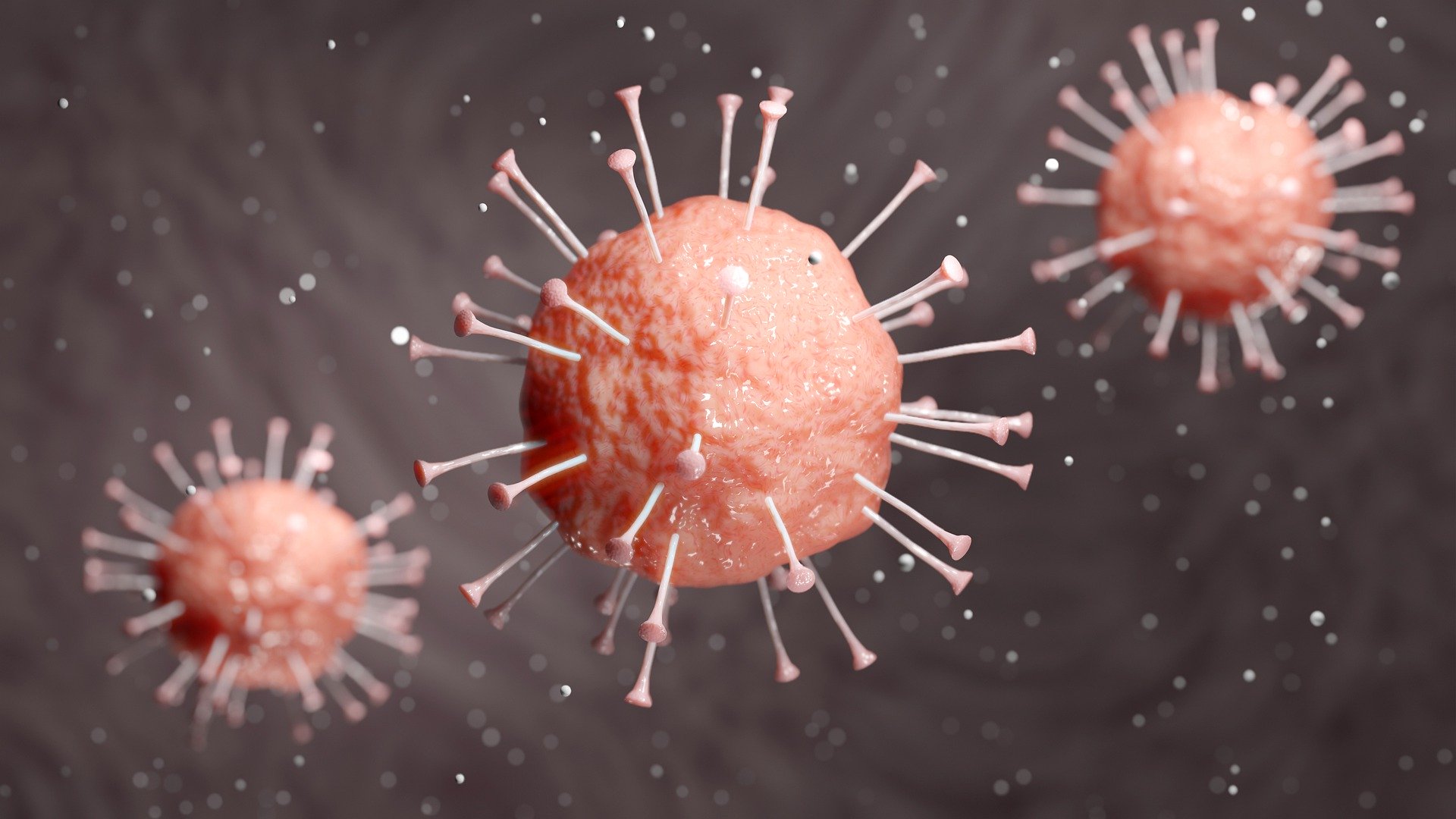
Scientists around the world are currently researching vaccines and drugs to combat the coronavirus. This virus is infecting an ever-increasing number of people at breakneck speed. Researchers at the Technical University of Munich (TUM) have now developed a novel method that could bring a cure for the SARS-CoV-2 virus a lot closer.
The researchers have produced a protein reagent that can identify biological cell structures and block the spread of a disease in the body when it attaches itself to the sugar structures of a cell or pathogen. Background: viruses that enter the organism during infection and reproduce in the body cells often bind themselves specifically to the sugar structures of their host’s cells. Or they may even have characteristic sugar structures on their own surfaces.
“Identifying special sugar molecules, so-called carbohydrates, is of crucial importance for many biological processes,” explains Arne Skerra, Professor of Biological Chemistry. Current research results from his laboratory now make it possible to develop novel binding proteins for biological sugar structures. These play an important role in both cancer and infectious diseases.
Artificial proteins block pathogens
A body must be able to identify which cells belong where and whether they even belong in the body or not at all. Therefore, these cells often feature sugar chain markers on the outside of the cell membrane or on membrane proteins. Pathogens have their own sugar structure. Or they can bind themselves to one. In contrast, proteins generally have only low levels of affinity with sugars. This makes it very difficult to identify them.
The reason for this is that water and sugar molecules resemble each other very closely. As such, they are more or less camouflaged in the aqueous environment of the cells. Professor Skerra and his team have therefore been looking for an artificial binding protein. One which features a chemical grouping that makes it easier to identify the biological sugar structures.

New class of binding proteins for sugar molecules
Proteins found in nature are formed out of a variety of amino acids which together make up the protein. However, the researchers used an additional artificial amino acid “with the aid of synthetic biology,” researcher Carina Sommer reports. “We have succeeded in specifically introducing a boric acid group – which has a natural affinity with sugar molecules – into the amino acid chain of a protein. We have thereby created a groundbreaking new class of binding proteins for sugar molecules.”
This artificial sugar-binding function is superior to natural binding proteins (known as lectins). Both in terms of its strength and the possibilities for specific formulations. “The sugar-binding activity of boric acid and its derivatives has been known for almost a century,” said Professor Skerra. Boric acid is commonly found in inanimate nature. It is only marginally toxic, but it has so far been largely unused by living organisms. “With the help of X-ray structure analysis, we have succeeded in shedding light on the crystal structure of a complex model of this artificial protein. This validates sour biomolecular concept,” her colleague Dr Andreas Eichinger explains.
Further research for medical applications
Professor Skerra states that after roughly five years of basic research, the research can now be used for concrete medical applications. “Our findings should not only support the future development of novel carbohydrate ligands in biological chemistry. It will also pave the way towards creating active substances with high-affinity levels for controlling or blocking medically significant sugar structures on cell surfaces.”
As an example, the “blocking agent” could be used in oncology or virology where strong cell growth or the binding of pathogens to cells all play a role. By blocking the sugar-binding function, the disease could be slowed down. As a consequence, the immune system would be given more time to defend itself against the disease.

